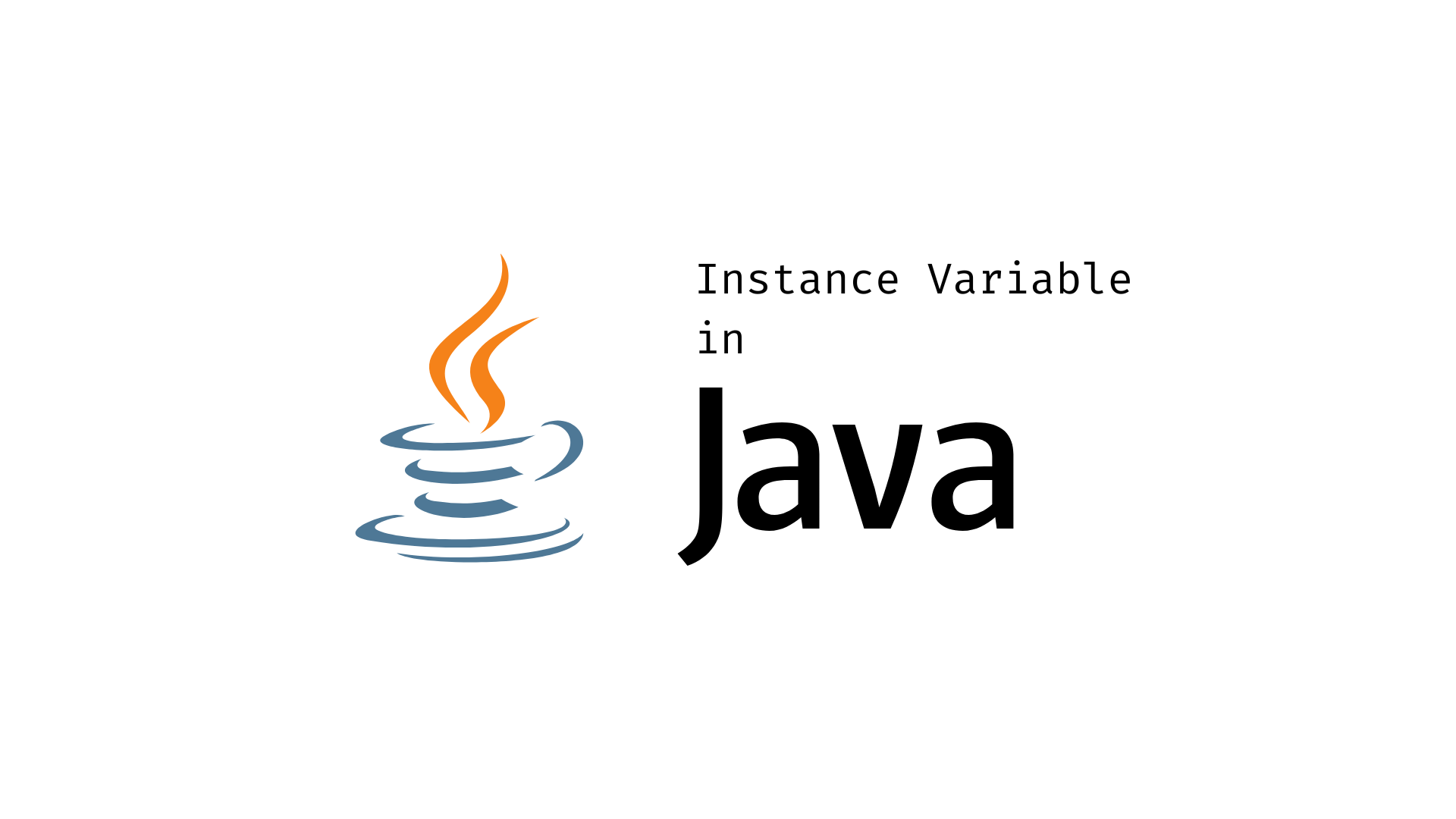Introduction
When it comes to mastering any programming language, one needs to understand the intricate workings of its fundamental elements. In Java, one such vital element is the string, a versatile datatype used in various applications. With its omnipresence in coding comes the necessity of string manipulation, an essential skill in the Java developer’s toolbox. It’s safe to say that, in Java, having a good grip on string manipulation can make your journey much smoother and more efficient.
One basic yet crucial aspect of string manipulation is string reversal. But what does it mean to reverse a string? Quite simply, reversing a string means transposing its characters so that the last character becomes the first, the second-last becomes the second, and so on, until the initial first character becomes the last. In other words, if you have a string “JAVA,” a reversed version would read “AVAJ.”
Reversing a string may seem like a trivial task at first glance, but it has a wide range of applications, from serving as an interview question to test your understanding of basic algorithms and Java syntax to its practical use in data processing, palindromes, cryptography, and more.
As we delve deeper into the world of Java and string reversal in this comprehensive guide, you’ll discover the importance of this fundamental concept, various methods to achieve it, and how this seemingly simple operation can greatly impact your overall coding proficiency. Stay tuned as we unfold the mystery of string reversal in Java.
Why is Reversing a String Important?
Understanding how to reverse a string in Java is not just a programming curiosity—it holds much more significance. The principle of string reversal is used extensively in various fields of computer science, including data structures, algorithms, and problem-solving use cases. Let’s unpack the importance of string reversal and its many practical applications.
Firstly, the ability to reverse a string is often used as a benchmark for assessing programming acumen. The process requires a fundamental understanding of Java syntax and logic, making it a popular choice for technical interviews or programming exams. Thus, mastering this basic operation could be your gateway to demonstrating your Java prowess.
In the realm of data structures and algorithms, string reversal is a key player. It plays an integral part in numerous algorithms, such as those involved in detecting palindromes—an instance where a string reads the same forwards and backward. String reversal also lies at the heart of some data-reversing algorithms, including those used in stack and queue structures. Understanding the reversal process could, therefore, enhance your comprehension and implementation of these intricate algorithms.
Furthermore, in cryptography, a domain committed to secure communication, string reversal is often used as a basic encryption technique. By simply reversing a string, you can create a preliminary level of code obfuscation, a foundation upon which more complex encryption methods can be built.
Finally, string reversal finds utility in various real-world software applications. From reversing user-inputted data for specific use cases to its role in natural language processing and computational linguistics for reversing sentences or phrases, the practical applications are plentiful.
In summary, the importance of string reversal extends far beyond a simple Java operation. It lies at the heart of significant areas in computer science and real-world applications, reinforcing why it’s a critical skill for any aspiring Java developer.
Understanding Strings in Java
When beginning your journey with Java, one of the first things you’re likely to encounter is the string. A Java string is an object that represents a sequence of characters or char values. The string is a ubiquitous data type, essential to a multitude of programming tasks ranging from output formatting and manipulation to data storage and processing.
In Java, strings are different from many other programming languages, and understanding these differences is vital to write efficient and effective Java code. Two key aspects make Java strings stand out: the manner in which they are stored and their immutable nature.
In many languages, a string is often treated as a simple array of characters. However, in Java, a string is an object of the String class, stored in a special area of memory known as the “String constant pool.” This unique way of handling strings helps save memory, as every distinct string exists only once in this pool, promoting reusability.
Now, let’s delve into the concept of immutable strings. In Java, strings are immutable, which means once a string object is created, it cannot be changed or modified. This characteristic might sound limiting, but it comes with several advantages.
Firstly, due to their immutable nature, strings are safe to use in multithreaded environments, providing thread safety out of the box. They can be shared between multiple threads without worrying about synchronization issues.
Secondly, immutability allows strings to be used in the creation of other immutable objects. As the value of an immutable object does not change once created, it can be easily used as a key in a map or as an element in a set, contributing to efficient and error-free code.
However, the immutable nature of strings in Java does come with one caveat. Since you cannot change the content of an existing string, every operation that seems to modify a string, such as concatenation or replacement, actually results in a new string object. This can have significant performance implications if not managed correctly, especially in cases involving extensive string manipulations.
In conclusion, understanding strings in Java, their storage mechanism, and their immutable nature is fundamental to Java programming. Armed with this knowledge, you can write more efficient code and tackle more complex problems involving string manipulation, such as string reversal, with greater ease and understanding.
Methods of Reversing a String in Java
In Java, there are several ways to reverse a string, each with its own benefits and considerations. In this section, we’ll delve into four popular methods: using StringBuilder or StringBuffer, a character array, recursion, and Java 8 Streams. We’ll provide code samples for each to help you understand how they work.
1. Using StringBuilder or StringBuffer
StringBuilder and StringBuffer are mutable sequences of characters that provide various methods for manipulating strings. One such method is the reverse() method, which easily allows us to reverse a string. While both are used for string manipulation, StringBuilder is faster and preferred when thread safety isn’t a concern.
Code Sample:
String original = "Java"; StringBuilder builder = new StringBuilder(original); String reversed = builder.reverse().toString(); System.out.println(reversed); // Output: avaJ
2. Using a Character Array
We can manually reverse a string by converting it to a character array and swapping elements in a symmetric manner from the ends to the middle.
Code Sample:
String original = "Java";
char[] characters = original.toCharArray();
int left = 0, right = characters.length - 1;
while (left < right) {
// Swap characters
char temp = characters[left];
characters[left] = characters[right];
characters[right] = temp;
left++;
right--;
}
String reversed = new String(characters);
System.out.println(reversed); // Output: avaJ
3. Using Recursion
Recursion is another method to reverse a string, although there are more efficient options. We can divide the problem into smaller parts, reverse the smaller parts, and then combine them.
Code Sample:
public static String reverseRecursively(String original) {
if (original.isEmpty()) {
return original;
}
return reverseRecursively(original.substring(1)) + original.charAt(0);
}
String original = "Java";
String reversed = reverseRecursively(original);
System.out.println(reversed); // Output: avaJ
4. Using Java 8 Streams
The Java 8 Stream API introduces a new abstraction that allows us to process data in a declarative manner. We can convert a string into a stream of characters, reverse it, and collect the result into a new string.
Code Sample:
String original = "Java";
String reversed = original.chars() // Convert to stream
.mapToObj(c -> (char) c) // Convert to Character stream
.reduce("", (s, c) -> c + s, (s1, s2) -> s2 + s1);
System.out.println(reversed); // Output: avaJ
As we can see, there are several ways to reverse a string in Java, and each method comes with its own set of strengths and weaknesses. While StringBuilder or StringBuffer might be the most straightforward approach, the character array method gives you a better understanding of the algorithmic process. Recursion showcases the power of divide-and-conquer, and Java 8 Streams demonstrate the capability of functional programming in Java.
Benchmarking Different Methods
When choosing the right method to reverse a string in Java, understanding its performance implications is pivotal. Different methods exhibit different time complexities and efficiencies based on the underlying operations they use. Let’s analyze and compare our methods.
1. StringBuilder/StringBuffer
StringBuilder and StringBuffer provide the most efficient and straightforward way to reverse a string, thanks to their inbuilt `reverse()` method. These classes are specifically designed for string manipulations, so they handle such tasks optimally. However, keep in mind that while StringBuilder offers better performance, StringBuffer should be the choice when thread safety is a concern.
2. Character Array
The character array method also has good performance, running in O(n) time complexity, as it only requires a single pass through the string. It is a more hands-on, algorithmic approach, granting more control over the manipulation process.
3. Recursion
While recursion offers an elegant, mathematical way to reverse a string, it could be more performance-friendly. Recursion incurs additional overhead due to repeated function calls and can lead to a stack overflow for very long strings.
4. Java 8 Streams
Using Java 8 Streams for string reversal is an example of how functional programming can simplify coding. However, this elegance comes with a cost – it is the least performant among the discussed methods due to the overhead of stream operations.
In conclusion, for most cases, using StringBuilder or a character array is advisable for reversing a string in Java due to its performance advantages. Recursion and Java 8 Streams, while providing learning value and showcasing different programming paradigms, might not be the best choice in performance-critical applications.
Practical Application of String Reversal in Java
While learning about string reversal might seem like an abstract exercise, the reality is far from it. Reversing a string in Java plays a key role in many practical applications, often forming the foundation for more complex operations in real-world scenarios.
1. Palindrome Checking
Reversing a string is often used to check whether a string is a palindrome – a word, phrase, or sequence that reads the same backward as forwards. The concept of palindromes has applications ranging from natural language processing, data analysis to game development.
2. Data Encoding and Encryption
In the field of data encryption and cryptography, string reversal often serves as a basic form of data encoding. It’s usually part of more complex algorithms used for securing sensitive information.
3. Natural Language Processing (NLP)
In natural language processing and computational linguistics, string reversal can come in handy for tasks such as reversing sentences or specific words for language pattern analysis.
4. DNA Sequence Analysis
In bioinformatics, reversing a string can be useful for DNA sequence analysis, where palindromic sequences play a crucial role.
5. Stack Data Structure Operation
In computer science, the stack data structure uses the concept of string reversal. This data structure follows a Last-In-First-Out (LIFO) pattern, effectively reversing the input order, which has various applications in memory management, parsing, and more.
These real-world examples underscore the importance of mastering string reversal in Java and reinforce its significance beyond the realms of academic exercises.
Conclusion
In this comprehensive guide, we’ve unraveled the mystery of reversing a string in Java, revealing its significance in both theoretical and practical realms. We discussed the importance of string reversal in data structures and algorithms and explored different methods to achieve it, including using StringBuilder, character arrays, recursion, and Java 8 Streams. We analyzed the performance implications of each method and highlighted real-world applications where string reversal plays a vital role.
String reversal in Java is more than just an academic exercise; it’s a key operation with far-reaching applications in computer science and software development. We encourage you to take this knowledge and implement these methods yourself. Remember, mastering such fundamentals paves the way for becoming a proficient Java developer. Keep coding and exploring!






